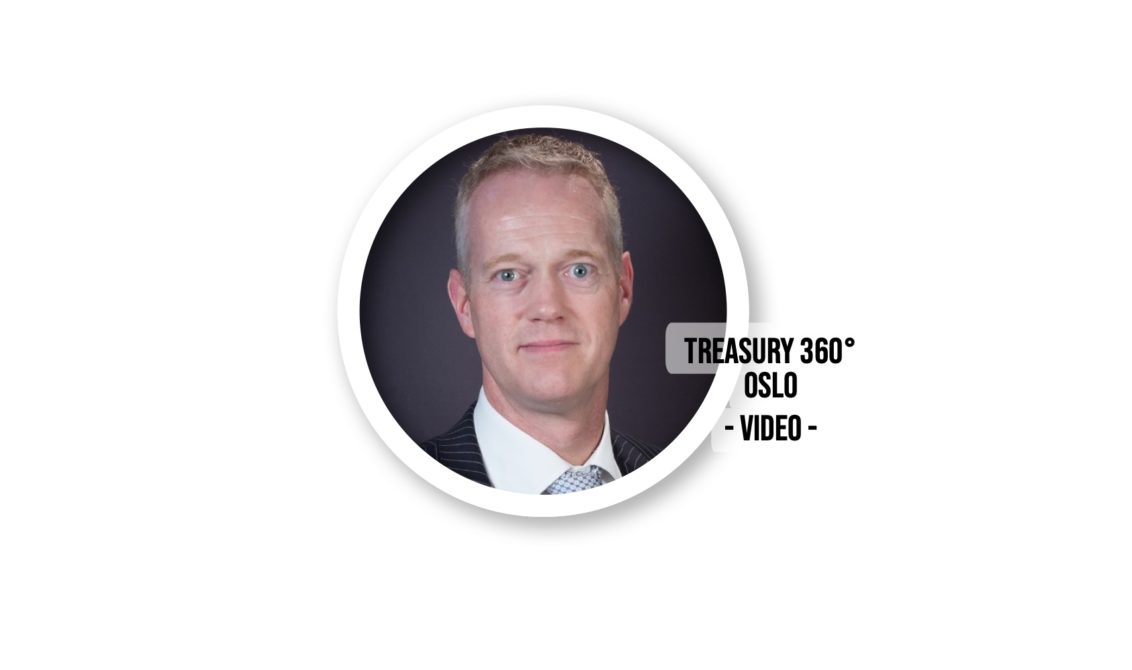
Ramon Tolk spoke Thursday afternoon in the digital Treasury 360° Oslo conference.
Data on the swings in each currency-pair form the basis for sorting out which hedges are worth their cost and which ones are not. With more hedging of the volatile pairs, and less hedging for the ones that move in correlation, around 1 million dollars per years is being saved for the group.
A statistical method is applied to identify an “efficient frontier”, with the theoretically smartest portfolio allocation at each level of risk. With that curve in place, the corporation can pick its sweet spot of cost versus risk reduction.
Two-year simulation looked good
“This was not introduced overnight, of course. We started working on it in 2017,” tells Ramon Tolk, describing how his team developed a spreadsheet that was then double-checked with bank partners.
“We looked back at two years of data. What would have been the value-at-risk calculations have been at the end of the months, and how would it have played out? It gave us confidence that we wanted to implement the model.”
So far, the calculation is still carried out in the spreadsheet, and a next step might well be to move it into a system. There has been a bump in the process though: In the market unrest with the covid-19 crisis, Avery Dennison has temporarily preferred to go back to 100 percent hedging, and so far it appears to be the right thing.

